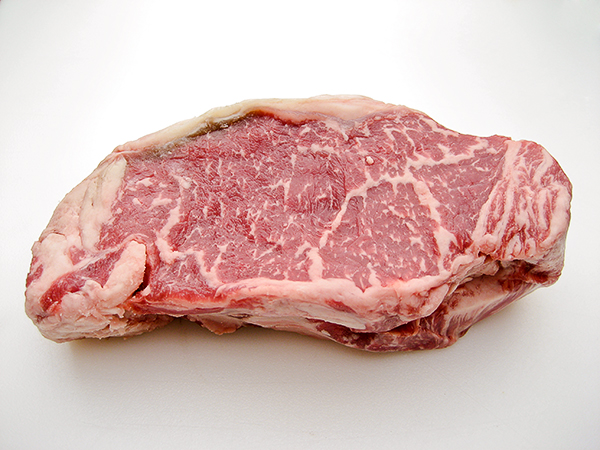Dry-aging beef means that once the animal is slaughtered and butchered, portions of the carcass are allowed to rest in very carefully controlled conditions (cool temperatures, with relatively high humidity) for a period of time—often several weeks, and sometimes up to a couple of months.
When we create such conditions, we allow enzymes to do their work. And we end up with a complexity of flavor—savoriness, sweetness, some bitterness-that just wasn’t there before. There’s no cooking method that can generate the depth of flavor of a dry-aged piece of meat.
What happens is that enzymes in the meat’s muscle cells begin to break down the meat’s proteins, fats, and glycogen—a carbohydrate—into amino acids, fatty acids, and sugars. One amino acid generated by dry-aging—the most important and flavorful one, in fact—is glutamate, which is part of MSG. other amino acids have flavors somewhat similar to MSG; others still are sweet.
Dry-aging beef also causes it to lose some of its moisture. Meat begins at about 75 percent water; after dry-aging, it may go down to somewhere around 70 percent. It doesn’t sound like much of a change, but what it means is that the flavors become more concentrated, and the tissue itself becomes more concentrated, too. Dry-aged meat is still juicy when you cook it, but the juices are even more delicious than usual.
We suggest that you give dry aged steaks a try. When you do let us know what you thought. If you have already we would also like to hear from you, how was it? What did you find different about it?


